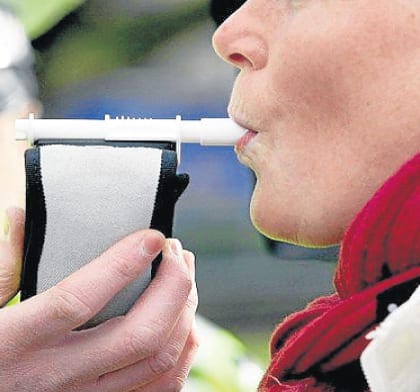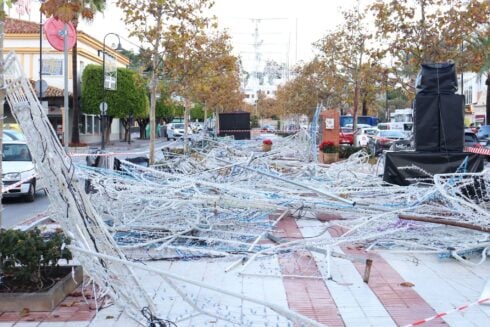AS Andalucia waits for rain that never comes, the Junta is set to launch a raft of increasingly extreme measures to counter the most prolonged drought since the 1960s.
The €71 million plan, called the Sequia Plus strategy, involves enhancing borehole drilling in the region, as well as deploying portable desalination units to areas most affected by water scarcity.
There will also be an increase in the use of regenerated water and an upgrade of reservoir intakes.
But in the most extreme situations – as a last resort – water will be shipped in to the ports of Algeciras and Malaga.
Councillor Carmen Crespo stressed that she hoped the other measures would avert the need to bring in water by sea.
However, she added: “If no rain falls in certain areas of Andalucia from now on, the ships might be necessary by next summer.”
Despite recent rainfalls since the start of December that have slightly eased the strain on Andalucia’s reservoirs, the situation remains critical.
Areas like Campo de Gibraltar, Axarquía, Malaga, Los Pedroches, towns in the Sierra, and the Costa del Sol are particularly affected by the water shortage.
The portable desalination units could potentially contribute up to 20 hectometres of cubic water for regions like Costa del Sol, Axarquía, and Fuengirola.
Additionally, efforts are underway to boost regenerated water supplies, which will be injected into aquifers to increase their capacity.

Modifications are also planned for reservoir water intakes, particularly for the Andevalo dam in Huelva province, potentially providing up to 100 more hectometres of cubic water.
The range of measures follow the Junta’s initiation of 1,097 hydraulic projects across Andalucia, with 111 currently in progress or in the bidding phase.
The Sequia Plus initiative is currently awaiting the approval of its fourth decree in early January.
The announcement comes hot on the heels of the hottest November in Spain on record.
It was one of the warmest and driest Novembers for 73 years in Malaga province, attributed to the ‘summer of San Martin,’ which brought almost summer-like temperatures to the Mediterranean coast.
Despite a winterly start to the final month of 2023 in Andalucia, temperatures are expected to push back into the 20s by the weekend.
READ MORE:
- EXPLAINER: Why December 6 is a very important holiday for Spain
- Mobile phones are BANNED in schools in Spain’s Andalucia: This is what pupils need to know about the new rules
- WATCH: Moment taps run dry inside homes on Spain’s Costa del Sol as drought takes hold
- NASA images show the dramatic impact of the ongoing drought in Spain: Andalucia and its olive groves are among the hardest hit
Click here to read more Andalucia News from The Olive Press.








